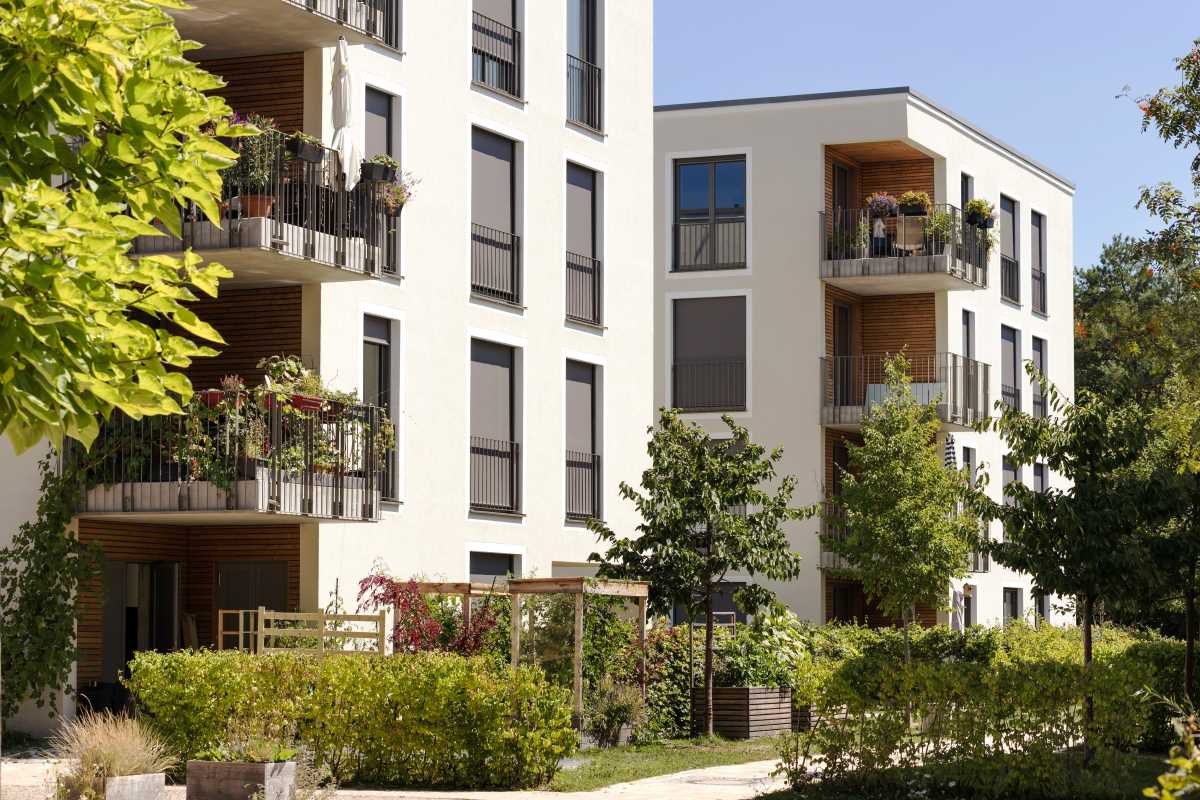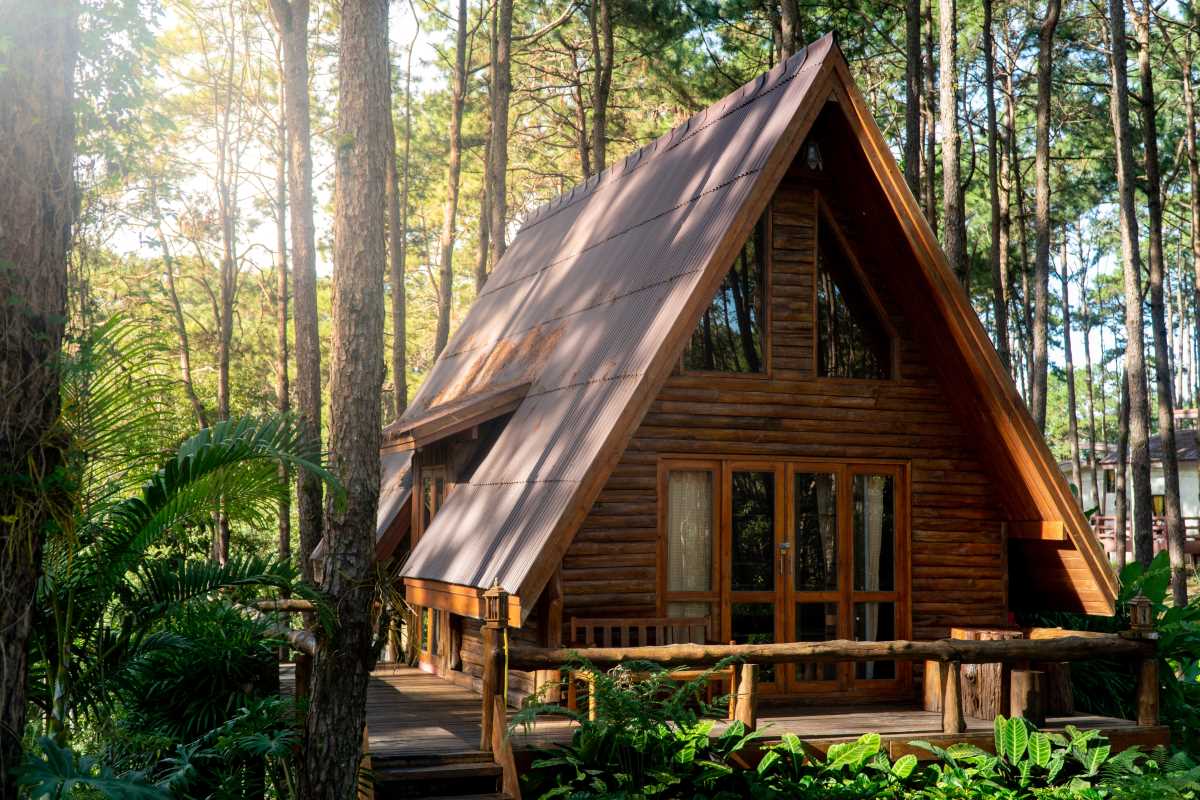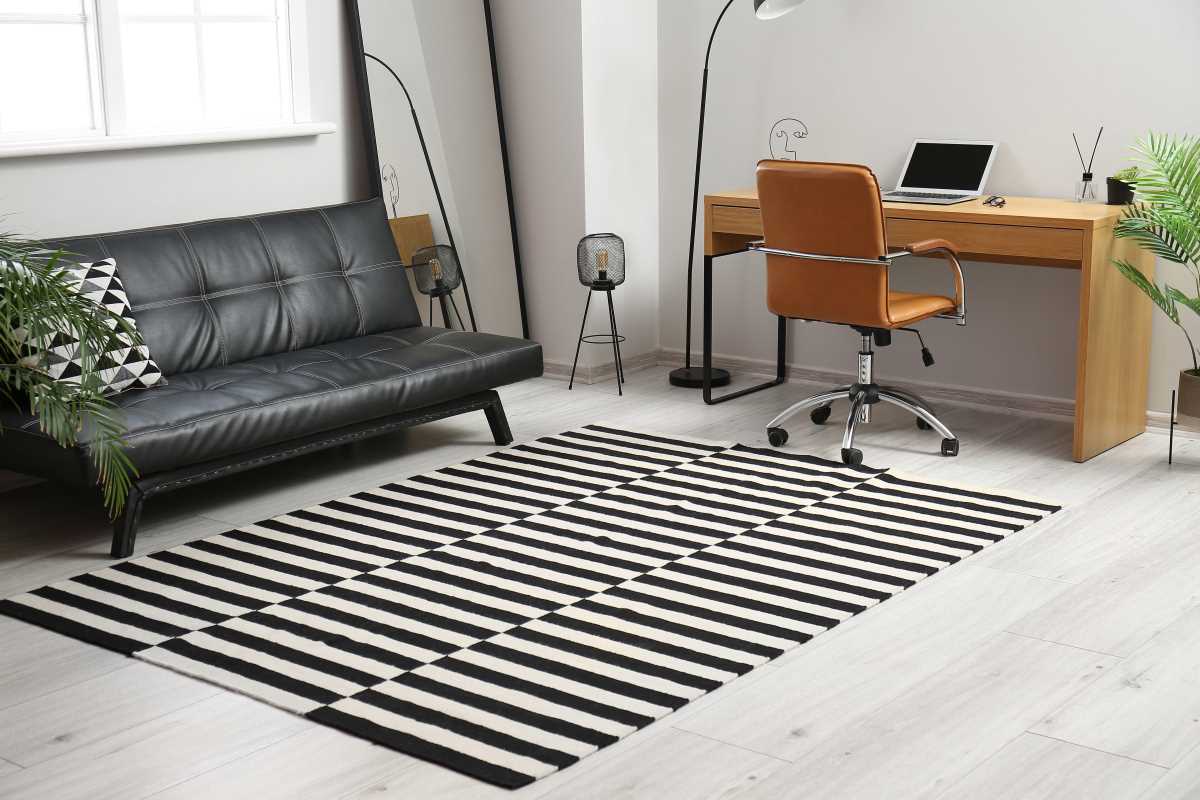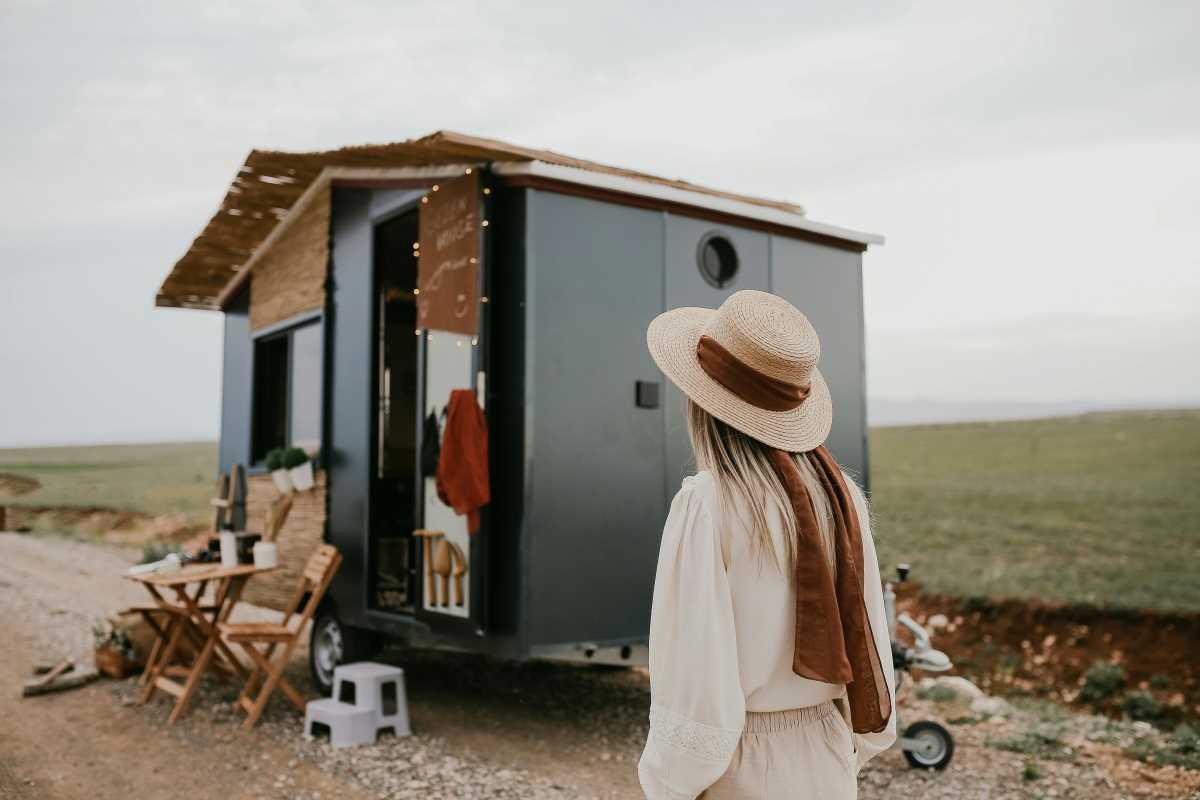Living in shared urban apartments offers a unique blend of community living and personal space. As cities continue to grow, finding the right balance between privacy and accessibility becomes essential for creating harmonious living environments. Whether you're new to sharing an apartment or looking to improve your current living situation, understanding how to navigate these dynamics can significantly enhance your quality of life.
Understanding Privacy Needs
- Personal Space: Even in shared apartments, individuals require their own private areas to unwind and recharge. Ensuring each resident has a dedicated space can prevent feelings of overcrowding.
- Noise Control: Minimizing noise through soundproofing or establishing quiet hours helps maintain a peaceful living environment for everyone.
- Personal Belongings: Secure storage solutions for personal items ensure that everyone's belongings are safe and respected.
- Individual Schedules: Acknowledging and accommodating different routines can help reduce conflicts and promote mutual respect among roommates.
Enhancing Accessibility
- Universal Design Principles: Incorporate elements like ramps, wide doorways, and grab bars to make shared spaces accessible to everyone, including those with disabilities.
- Clear Signage: Use easy-to-read signs to indicate common areas, exits, and facilities, ensuring that all residents can navigate the space effortlessly.
- Inclusive Technology: Integrate smart home devices that can assist residents with varying needs, enhancing the overall accessibility of the apartment.
- Flexible Furniture: Choose adaptable furniture that can be rearranged to accommodate different activities and needs, making shared spaces more versatile.
- Adequate Lighting: Ensure that all areas are well-lit to provide a safe and welcoming environment for everyone.
Design Tips for Shared Spaces
Creating a comfortable and functional shared living space involves thoughtful design choices. Start by selecting neutral colors that appeal to all residents, creating a cohesive look without personalizing the space too much. Multifunctional furniture, such as fold-out tables or sleeper sofas, can maximize the usability of limited areas. Additionally, incorporating plants not only adds a touch of nature but also improves air quality and creates a more inviting atmosphere. It's also important to establish clear boundaries within shared rooms by using room dividers or arranging furniture to delineate personal and communal areas effectively. Another essential aspect is maintaining open lines of communication about the use and maintenance of shared spaces. Regular discussions can help address any issues promptly and ensure that everyone feels comfortable and respected. Investing in quality storage solutions, like shelves and cabinets, can keep the apartment organized and reduce clutter. Finally, personal touches such as artwork or decorative items that reflect the personalities of the residents can make the space feel more like home without infringing on anyone's privacy.
Balancing Shared and Private Areas
Striking the right balance between communal and private spaces is crucial in shared apartments. One effective approach is to designate specific areas for shared activities, such as a common living room or kitchen, while ensuring each resident has their own private bedroom. Using the concept of shared spaces thoughtfully can help create environments where everyone feels both connected and respected. It's also beneficial to establish house rules that outline expectations for the use of communal areas, promoting harmony and reducing potential conflicts.
Incorporating flexible design elements can allow the space to adapt to different needs and activities. For example, modular furniture can be rearranged to accommodate group gatherings or individual work sessions, ensuring that the shared areas serve multiple purposes without compromising personal privacy. Lighting plays a pivotal role in distinguishing between different zones, with brighter lights in communal areas and softer lighting in private spaces to create a sense of sanctuary. By consciously designing the apartment layout to respect both shared and individual needs, residents can enjoy a balanced and comfortable living experience.
Innovative Solutions for Urban Apartments
Urban living often comes with space constraints, but innovative solutions can transform compact apartments into efficient and enjoyable homes. One such solution is the use of sliding doors or partitions that can easily open or close off areas as needed, providing flexibility without sacrificing style. Incorporating vertical storage, like wall-mounted shelves and hanging organizers, maximizes space usage and keeps the apartment tidy.
Investing in high-quality, space-saving appliances can free up valuable room in the kitchen and laundry areas, making daily tasks more manageable. Technology also offers creative ways to enhance shared living. Smart home systems can control lighting, temperature, and security, allowing residents to customize their environment with ease.
Virtual reality design tools enable roommates to visualize and plan their space collaboratively, ensuring that everyone's preferences are considered. Moreover, adopting sustainable practices, such as energy-efficient lighting and appliances, not only benefits the environment but also reduces utility costs, making shared living more economical. By embracing these innovative approaches, urban apartment dwellers can overcome space limitations and create a home that is both functional and stylish.
Balancing privacy and accessibility in shared urban apartments is all about thoughtful design and open communication. By understanding each resident's needs and implementing creative solutions, it's possible to create a living space that is both welcoming and respectful. Embracing these strategies can lead to a more harmonious and enjoyable shared living experience, making urban life more comfortable for everyone involved.







